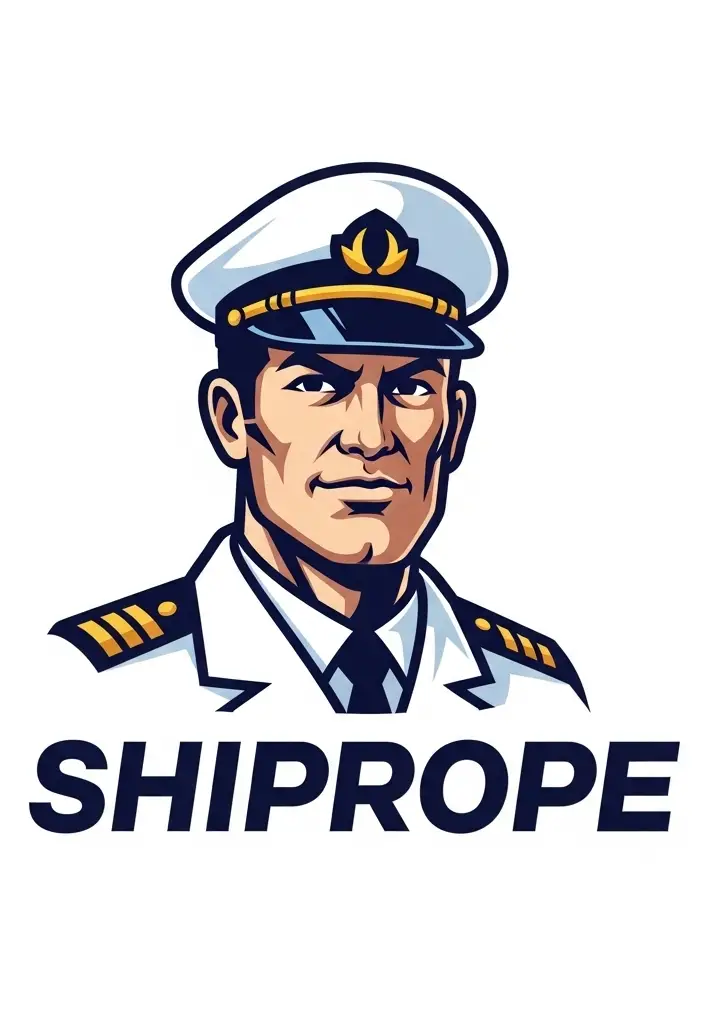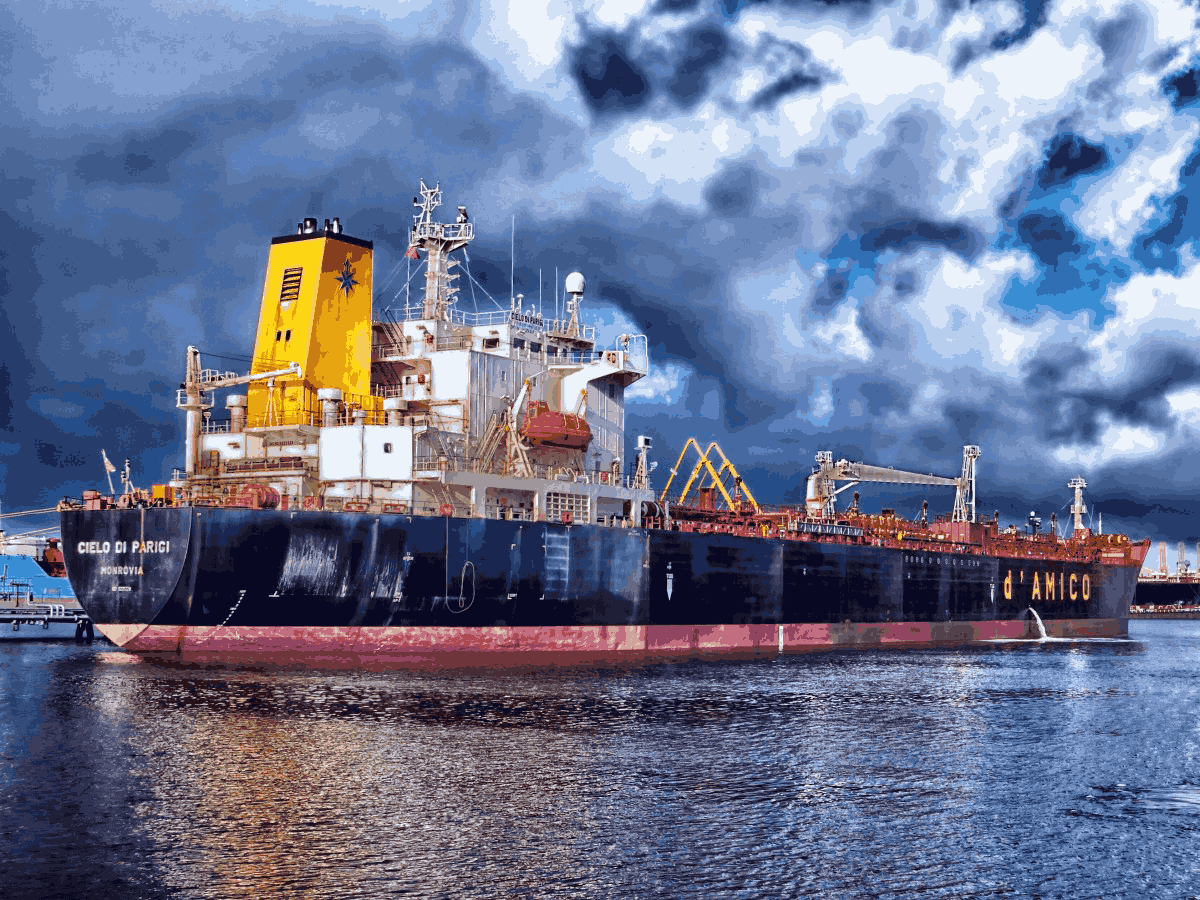Navigation Warnings at Sea: Understanding, Acting, and Logging
| Aspect | Details |
|---|---|
| Definition | Navigational warnings provide real-time updates on maritime hazards, ensuring safe navigation. |
| Types of Warnings | – NAVAREA Warnings: Cover large oceanic regions. – Coastal Warnings: Focus on hazards near shorelines. – Local Warnings: Address small-scale dangers near ports or coastal areas. |
| Common Warning Topics | – Casualties to navigational aids (buoys, lights, lightships). – Depth changes (new shallows, bathymetric updates). – Dangerous wrecks or obstructions. – Floating dangers (drifting containers, buoys, icebergs). – New navigation aids (recently deployed buoyage systems). – Danger zones (fire exercise areas, underwater activity zones). – Grounded vessels near port approaches. |
| Importance | Helps officers avoid hazards, protecting lives, cargo, and the marine environment. |
| Sources of Warnings | – NAVTEX: Automated medium-frequency service for broadcasting maritime safety information. – Other onboard systems for receiving alerts. |
| Handling Procedures | – Understanding the warning. – Acting upon it promptly. – Logging the warning for future reference. |
Navigational warnings are vital for the safety of life at sea, ensuring vessels stay clear of potential hazards and remain well-informed of dynamic oceanic changes. They form the foundation of safe navigation, guiding ships through both well-charted and unfamiliar waters.
If you’re a marine officer or a seafarer looking to deepen your understanding of navigating warnings, you’ve come to the right place. This post sheds light on the types of navigational warnings, sources, the importance of accurate logging, and the procedures involved in acting upon them.
What Are Navigational Warnings?
Navigational warnings are critical updates regarding maritime conditions or hazards that could impact the safety of navigation. They provide real-time information about dangers or changes to navigation aids, allowing ship officers to make informed decisions during their voyages.
Types of Navigational Warnings
Navigational warnings are categorized into three main types, each serving a specific purpose:
- NAVAREA Warnings
These warnings cover large areas of the oceans and are identified using Roman numerals. The world’s oceans are divided into 21 regions or NAVAREAs. They address hazards significant to international shipping.
- Coastal Warnings
Coastal warnings pertain to dangers in areas closer to shorelines. They cater to ships navigating national waters and contain information on potential hazards near coasts, ports, and offshore installations.
- Local Warnings
These warnings are highly localized, catering to small vessels, fishing boats, and other nearshore operators. They tackle small-scale hazards that are limited to a particular port or near a coastal area.
Examples of Navigational Warnings
Navigational warnings span a variety of topics, including:
- Casualties to navigational aids like buoys, primary lights, or lightships.
- Depth changes, such as new shallows or updated bathymetric data.
- Dangerous wrecks or obstructions that pose navigational risks.
- Floating dangers, such as drifting containers, buoys, and even icebergs.
- New navigation aids, including recently deployed buoyage systems.
- Danger zones, like fire exercise areas or underwater activity zones.
- Grounded vessels near port approaches.
Why Are Navigational Warnings Critical?
Navigational warnings empower officers with real-time data for avoiding dangers, thereby protecting lives, cargo, and the marine environment. For compliance, they must be treated with urgency and handled systematically onboard.
Sources of Navigational Warnings
Maritime officers generally receive navigational warnings through multiple reliable sources. Standard systems onboard enable seamless delivery and management of these vital alerts:
- NAVTEX
NAVTEX is an international automated medium-frequency service for broadcasting MSI (Maritime Safety Information) like navigational warnings within a defined coverage area.
- EGC (Enhanced Group Call)
EGC is an advanced system for distributing warnings globally. There are three primary sources for receiving these warnings:
-
-
- Sat-C systems
- Chart management software
- Websites of NAVAREA coordinators
-
Each vessel must ensure these systems are functioning and monitored persistently to avoid missing crucial updates.
Immediate Action Upon Receiving Navigational Warnings
When a navigational warning is received, it’s not just information to glance at; it prompts action. Officers must follow these steps:
1. Evaluate the Relevance
The Watch Officer’s first task is to determine whether the warning affects the current voyage route. If it does, it necessitates swift plotting and actions.
-
-
- If relevant to the route, the warning is promptly marked and plotted on the respective Electronic Navigational Chart (ENC) or paper chart. The Master and other watchkeeping officers must also be informed.
- If irrelevant to the route, it is marked as “out of route” and filed away to maintain organized records.
-
2. Plotting the Warning
Relevant warnings must be plotted accurately on navigation charts. Key things to remember during plotting:
-
-
- Avoid over-crowding the chart with excessive information. Over-marking can obscure other critical details.
- For electronic charts, ensure the navigational warning is logged to maintain organized tracking.
-
3. Filing and Logging
-
-
- For paper charts, annotate the warning’s reference number at the bottom of the chart.
- Maintain a navigational warning logbook to document references for ENCs, against which the warnings are plotted.
-
Actions for Cancelled Navigational Warnings
Cancelled warnings are as important as new ones. The process to manage them effectively includes:
- Identification and Segregation
-
-
- Verify the cancelled warnings in the broadcast updates.
- Update the NAVAREA file or log accordingly.
-
- Updating Charts and Logs
-
-
- If the cancelled warning was plotted on a paper chart, remove both the marking and the corresponding warning number.
- For electronic systems, ensure the log clearly reflects the cancellation for record-keeping and compliance purposes.
-
- Reorganization of Files
Segregate cancelled warnings into the designated “Cancelled” section to avoid unnecessary clutter in active logbooks or charts.
Best Practices for Handling and Filing Navigational Warnings
To ensure accurate and effective management of navigational warnings, follow these best practices:
- Consistency is Key
Make the logging of navigational warnings a routine activity. This ensures that no warning is overlooked, and logs are always up-to-date.
- Communication Matters
Inform the relevant crew members about updated warnings as soon as they are received and plotted. Accurate and timely communication is essential for safe navigation.
- Regulatory Compliance
Be diligent about complying with regulatory requirements concerning navigational warnings, as authorities may inspect your logs and processes.
- Training and Awareness
Ensure continuous training for watchkeeping officers to enhance their familiarity and response to navigational warnings.
Final Thoughts on Navigational Warnings
Navigational warnings are more than messages; they’re critical pieces of information that safeguard maritime operations. From understanding the different types to acting promptly and maintaining precise records, every step must be executed efficiently to ensure the safety and integrity of a voyage.
By ingraining robust systems for handling and filing navigational warnings, ships can confidently sail ahead, knowing that every detail has been accounted for.
To elevate your navigation practices, make sure all onboard systems for receiving navigational warnings are running at full capacity and that your team is trained to handle them effectively. After all, the safety of the entire vessel rests in the details.

